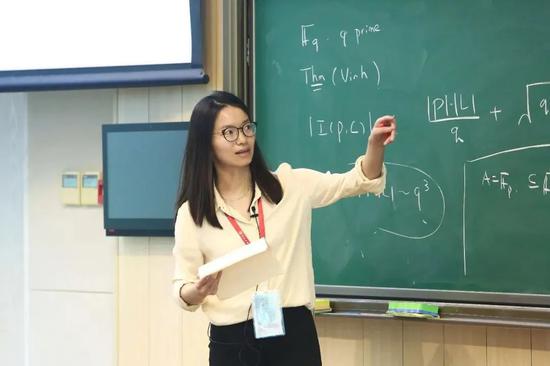
(ECNS) -- Chinese mathematician Wang Hong, who was born after 1990, has solved a century-old mathematical conundrum, the dimensional Kakeya conjecture within three dimensions, positioning herself as a potential candidate for the prestigious Fields Medal.
In 1917, Japanese mathematician Sōichi Kakeya posed a seemingly simple question: What is the smallest area that an infinitely thin needle can sweep when rotated? This problem was eventually solved in two dimensions. However, its three-dimensional counterpart remained unresolved for over a century, baffling mathematicians worldwide.
Wang, now 34, demonstrated exceptional talent when she was young. At 16, she scored 653 points in China's national college entrance exam and was admitted to Peking University's Department of Geosciences. Driven by her passion for mathematics, she later transferred to the university's mathematics department.
During her doctoral studies at the Massachusetts Institute of Technology (MIT), Wang studied under renowned mathematician Larry Guth, a leading authority in geometric measure theory and analysis. Since July 2023, Wang has been an associate professor at the Courant Institute of Mathematical Sciences at New York University.
In February 2025, she released a 127-page mathematical paper together with her collaborator Joshua Zahl, from the University of British Columbia, announcing their achievements.
Notably, no Chinese mathematicians have ever won the Fields Medal since its inception except for two mathematicians of Chinese descent, who are Shing-Tung Yau, a Chinese and naturalized American mathematician and Australian-American mathematician Terence Tao born to Chinese immigrant parents.








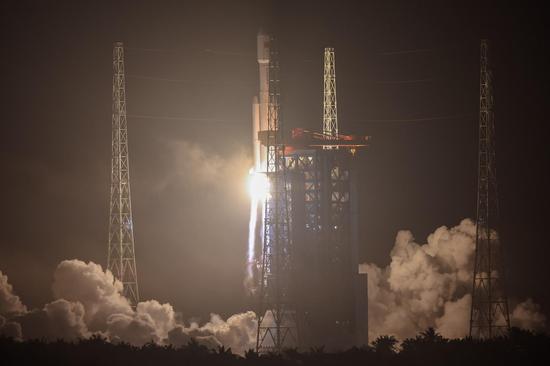


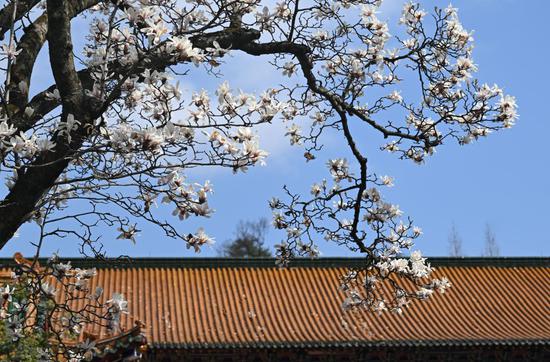














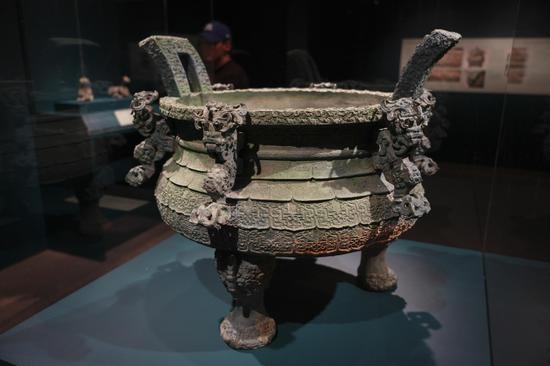

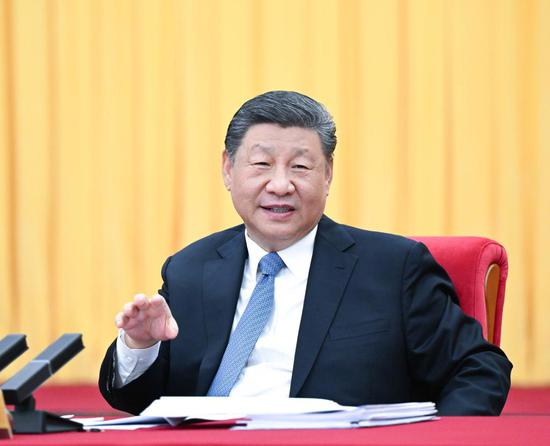




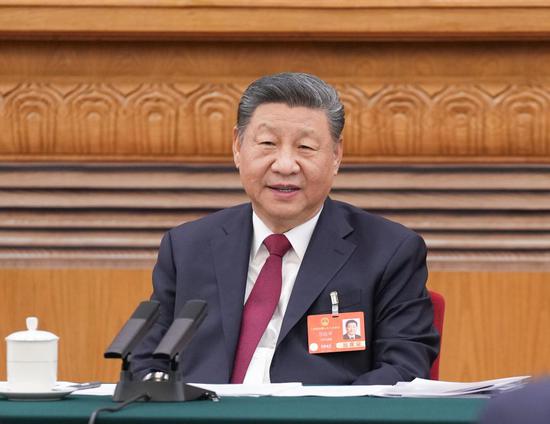









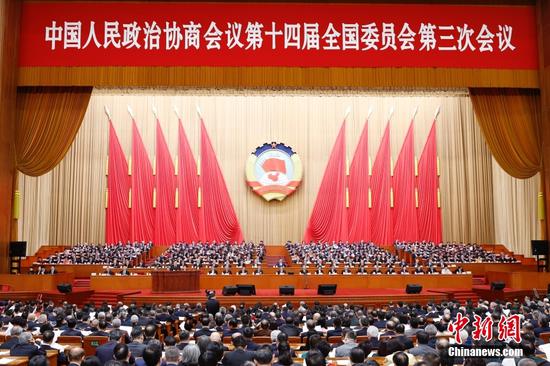





 京公网安备 11010202009201号
京公网安备 11010202009201号